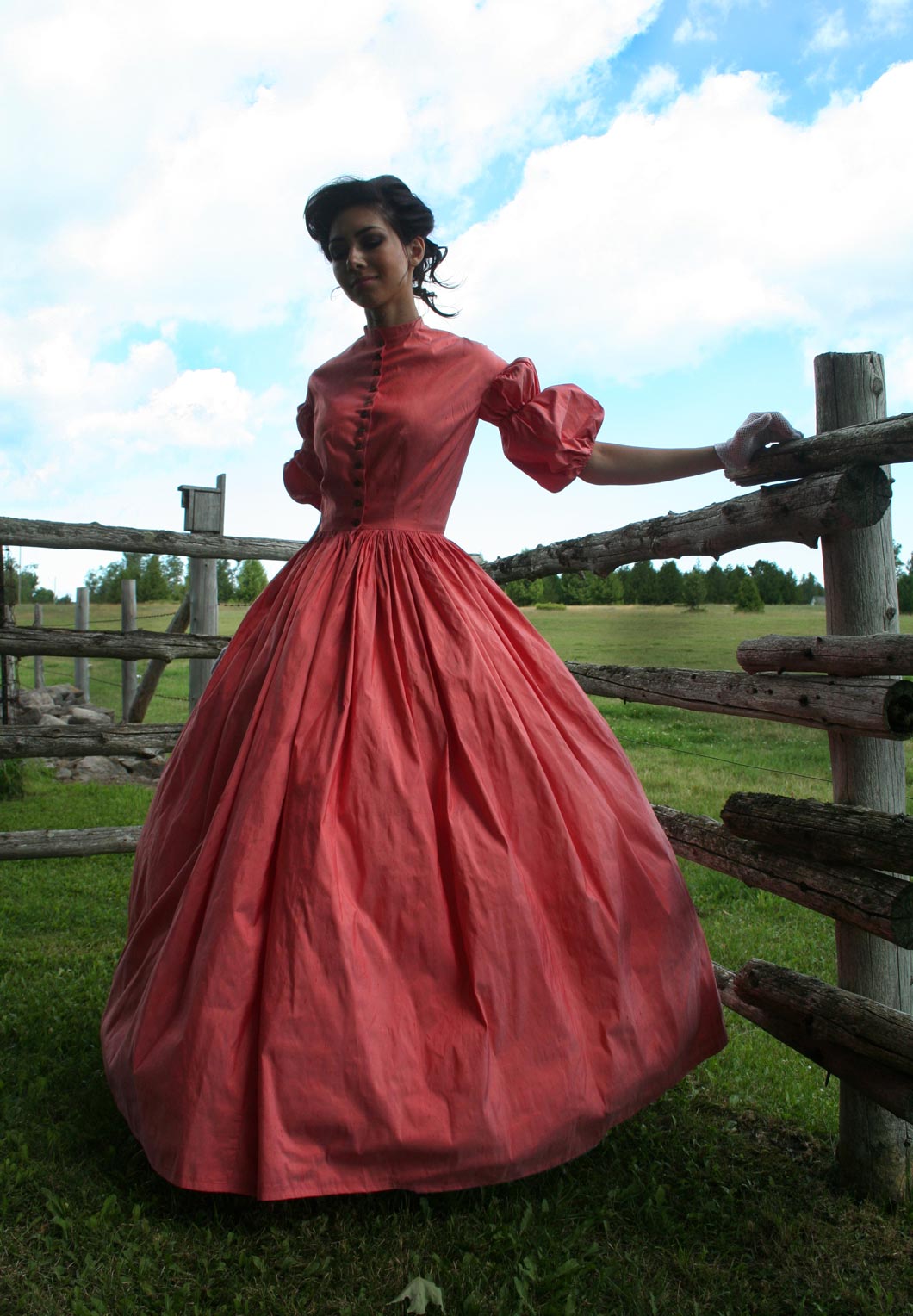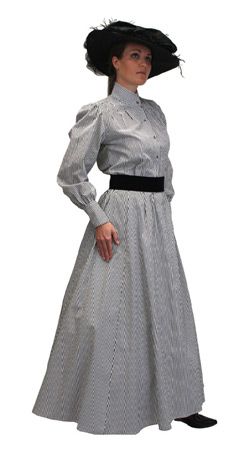Victorian Clothing for Women: An Era of Elegance and Restraint
The Victorian era, spanning from the 1830s to the early 1900s, was a time of significant social, economic, and technological change. It was also a period that saw a dramatic evolution in women’s fashion. This article delves into the intricate world of Victorian clothing for women, exploring the styles, materials, and cultural significance of the garments that defined an era.
The Crinoline and the Bustle: Defining Silhouettes of the Victorian Era
The silhouette of a Victorian woman was often dictated by the structure beneath her skirts. The crinoline, introduced in the mid-19th century, was a bell-shaped frame that expanded the skirts of a dress to create a full, circular shape. This innovation allowed for a greater range of movement and comfort compared to the restrictive corsets and petticoats of earlier periods. The bustle, which emerged in the 1870s, further accentuated the rear of a woman’s dress, creating a distinctive hourglass figure.

The crinoline and bustle were not merely fashion statements; they were also indicative of the social changes occurring during the Victorian period. As women began to participate more actively in public life, their clothing needed to reflect both their status and their newfound freedom of movement.
Fabrics and Colors: A Reflection of Status and Taste
The fabrics used in Victorian clothing for women were as diverse as the women who wore them. Silk, satin, and velvet were popular choices for evening wear, while cotton and linen were more commonly used for day dresses. The choice of fabric was often a reflection of a woman’s social status and personal taste.

Colors, too, played a significant role in Victorian fashion. Bright and bold colors were often reserved for the upper classes, while more muted tones were worn by those of lower social standing. The availability of dyes and the cost of certain fabrics also influenced the colors seen in women’s clothing.
Corsets and Comfort: The Struggle for Feminine Elegance
Perhaps one of the most iconic elements of Victorian fashion is the corset. This tightly-laced garment was designed to cinch the waist and create an hourglass figure. While the corset was undoubtedly a symbol of feminine beauty, it also represented the constraints placed on women during this period.

The discomfort and potential health risks associated with wearing a corset were well-known, yet the desire to achieve the ideal Victorian silhouette often outweighed these concerns. The corset’s presence in Victorian clothing for women is a testament to the complex relationship between fashion, beauty standards, and the female body.
Accessories and Adornments: Completing the Victorian Look
A complete Victorian outfit was not just about the dress; it was also about the accessories that adorned it. Gloves, hats, and jewelry were essential components of a woman’s ensemble. These items not only served a practical purpose but also added an extra layer of sophistication and elegance to her appearance.

Hats, in particular, were a significant part of a woman’s wardrobe. They served to protect the face from the sun and were often adorned with feathers, ribbons, and other decorative elements. The choice of hat could also indicate a woman’s marital status or social standing.
Conclusion: The Enduring Legacy of Victorian Fashion
The Victorian era may have ended over a century ago, but its influence on fashion is still felt today. The styles, fabrics, and silhouettes of Victorian clothing for women continue to inspire designers and captivate fashion enthusiasts. As we look back on this period, we see not just the clothes but also the women who wore them, their lives, and the societal norms that shaped their world.






